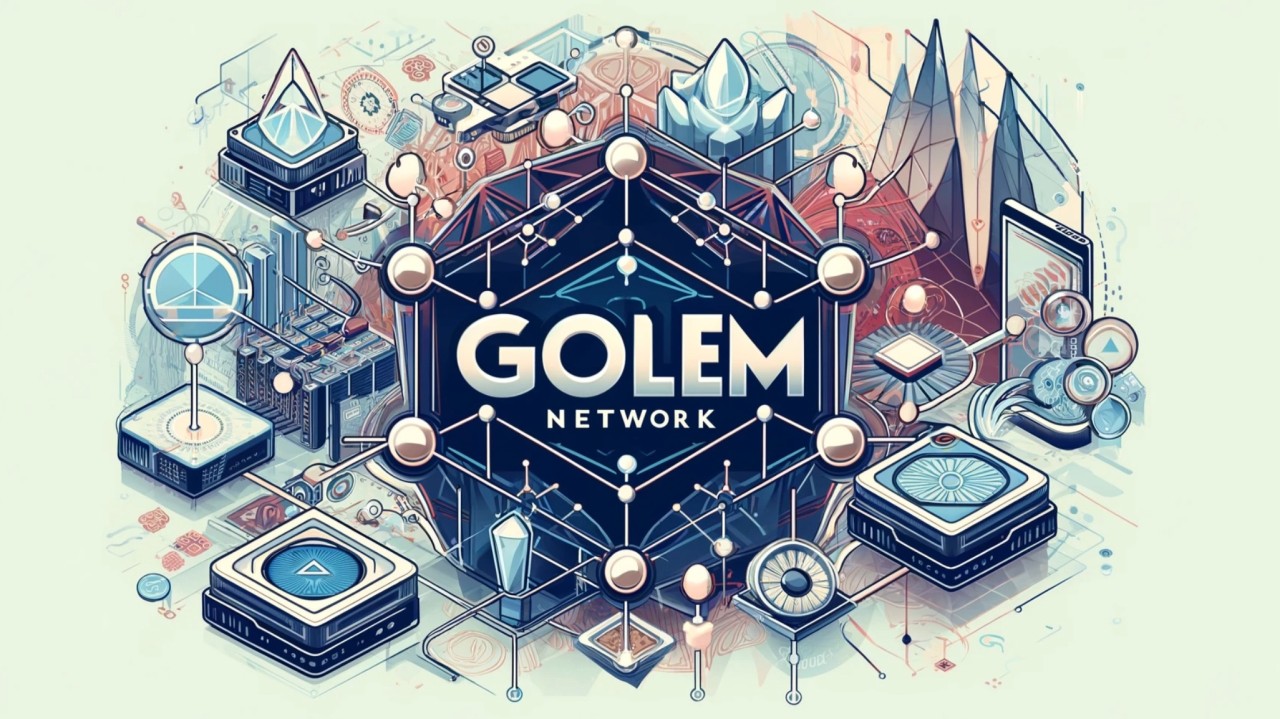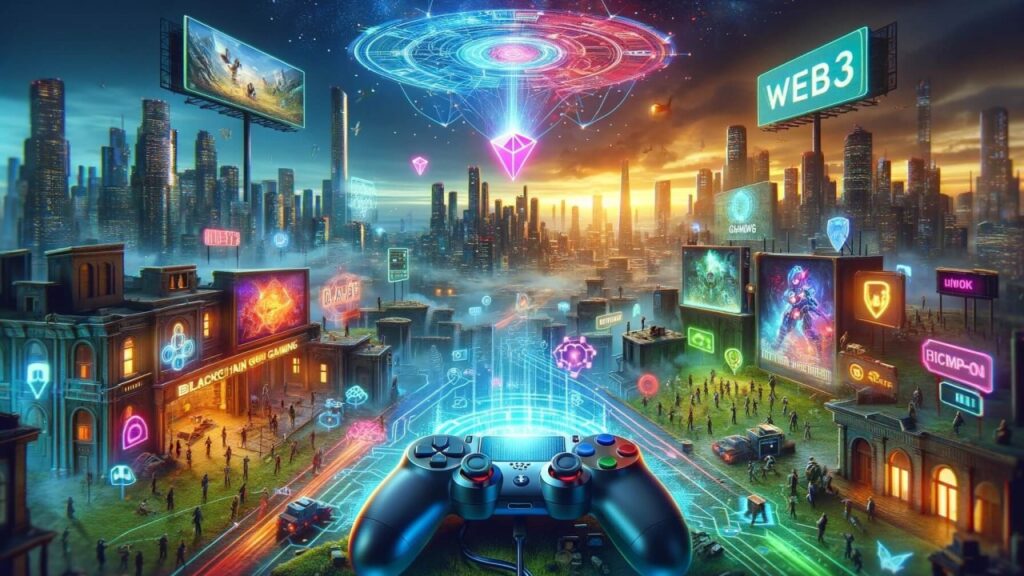Golem stands out as a pioneering project aimed at transforming how computational power is accessed and utilized. Launched as one of the first decentralized applications (dApps) on the Ethereum blockchain, Golem facilitates a global marketplace for computing power, akin to an Airbnb for computational resources. Here, we delve into what Golem is, its underlying technology, and the role of its native token, GLM.
What is Golem?
Golem Network is an open-source, decentralized platform designed to connect individuals and organizations looking to use computational resources with those who have spare capacity. This peer-to-peer network democratizes access to computing power, allowing anyone with a computer to contribute to or benefit from a global supercomputer. The primary aim is to provide computing services in a decentralized manner, reducing costs, enhancing security, and promoting accessibility.
Technology Behind Golem
- Decentralized Network: Golem leverages a decentralized network where nodes (computers) around the world contribute their idle processing power. This setup contrasts with centralized cloud computing services where large data centers control the resources. Golem’s network supports a variety of tasks ranging from CGI rendering to AI computations, scientific research, and beyond.
- Blockchain Integration: Golem is built on the Ethereum blockchain, which ensures trustless transactions through smart contracts. These contracts handle the payment in GLM (Golem Network Token) between users (Requestors) who need computing power and providers (Providers) who offer it. This blockchain integration provides transparency, security, and immutability of transactions.
- Task Distribution: Tasks are broken down into smaller subtasks and distributed across the network for parallel processing. This method enhances efficiency and speeds up computation by utilizing the combined power of multiple machines. The technology allows for dynamic scaling of computational resources, adjusting to the demand in real-time.
- Reputation System: A reputation system is implemented to ensure quality and reliability. Both Requestors and Providers are rated based on their performance and timeliness, which influences future interactions within the network.
- Golem Portal: The Golem Portal serves as an intuitive interface for users to interact with the network. It simplifies the process of becoming a Provider or Requestor, making the technology accessible even to those with minimal knowledge of blockchain or Web 3.0.
The Golem Network Token (GLM)
- Utility Token: GLM is an ERC-20 token used within the Golem ecosystem as the currency for transactions. Requestors pay in GLM to rent computing power, while Providers earn GLM for sharing their computational resources.
- Token Migration: Initially known as GNT, the token underwent a migration to GLM in November 2020 to integrate with Ethereum’s Layer 2 solutions for improved transaction efficiency.
- Economic Model: The fixed supply of GLM at 1 billion tokens creates a deflationary model, potentially increasing its value as demand for computational power grows. This setup encourages long-term holding and network participation.
- Decentralized Finance (DeFi) Integration: With its ERC-20 compatibility, GLM can be integrated into DeFi platforms, allowing for staking, lending, or other financial services within the broader blockchain ecosystem.
Applications and Use Cases
- CGI and Rendering: Golem is particularly noted for its capabilities in rendering complex graphics, offering a cost-effective solution compared to traditional render farms.
- AI and Machine Learning: The distributed computing power can be used for training models or running simulations that require substantial computational resources.
- Scientific Research: High-performance computing tasks in scientific research can be offloaded to the Golem network, potentially accelerating discoveries in various fields.
- Cryptocurrency Mining: Users can theoretically rent computational power to mine other cryptocurrencies or perform other blockchain-related tasks.
Golem represents a significant advancement in the decentralization of computational resources. By harnessing blockchain technology, it offers a platform where efficiency, accessibility, and security are paramount. The GLM token not only serves as a medium of exchange but also plays a crucial role in incentivizing network participation and creating a self-sustaining ecosystem. As the demand for computing power continues to escalate, Golem’s role in providing an alternative to traditional centralized computing infrastructures could become increasingly vital, potentially reshaping how computational tasks are approached in various industries.
Golem’s journey from a concept to a functional network underscores the innovative potential of blockchain technology in solving real-world problems, making it a fascinating study in the intersection of technology, economics, and decentralized governance.
~Rushen Wickramaratne


